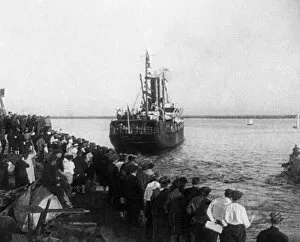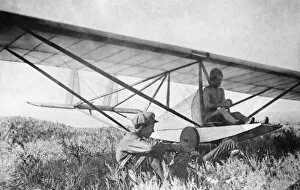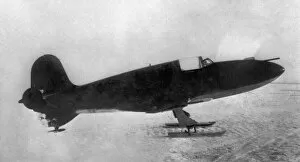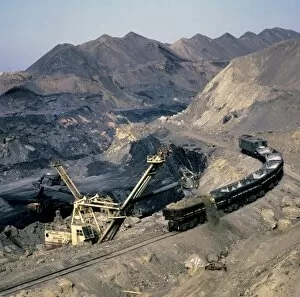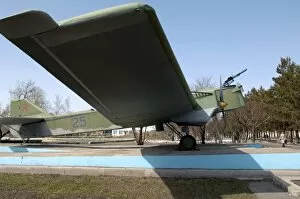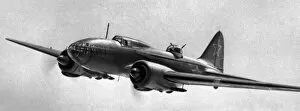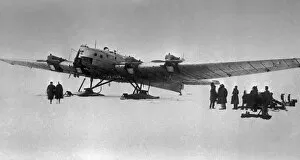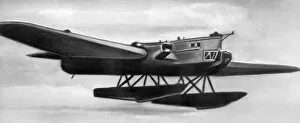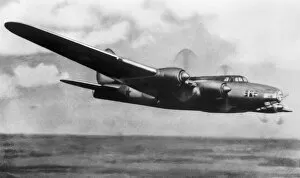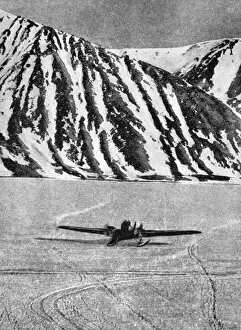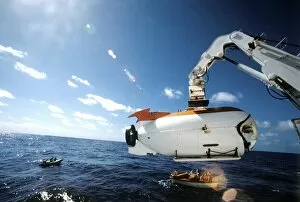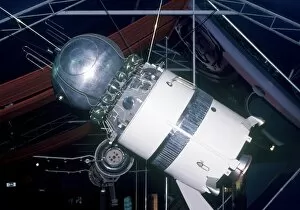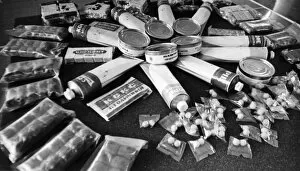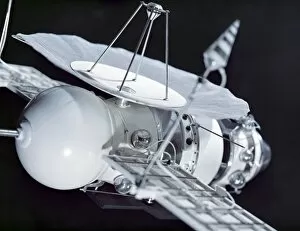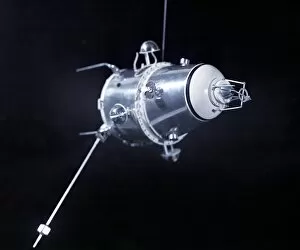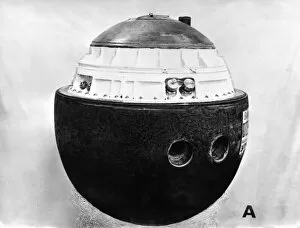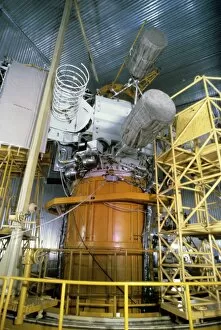Soviet Union Collection (#71)
"The Soviet Union: A Tapestry of History, Culture, and Achievements" Step into the fascinating world of the Soviet Union through these captivating hints
For sale as Licensed Images
Choose your image, Select your licence and Download the media
"The Soviet Union: A Tapestry of History, Culture, and Achievements" Step into the fascinating world of the Soviet Union through these captivating hints. From Laika, the brave space dog who paved the way for human exploration beyond Earth's atmosphere, to Dmitri Shostakovich, a renowned Soviet composer immersed in his study during 1938. Even across borders, great minds like Carl Sagan recognized the contributions of this vast nation. Olga Korbut's graceful performance at the 1976 Montreal Olympics showcased Soviet excellence in sports. Propaganda played a significant role in shaping society; Boris Parmeev's iconic poster "Under The Sun of The Motherland We Strengthen" from the 1970s exemplifies this sentiment. Influential figures such as Vladimir Ilich Lenin left an indelible mark on history. Captured within Moscow's Kremlin walls in October 1918, Lenin was a Russian Bolshevik leader whose ideas shaped an era. Sergei V. Rachmaninov expressed his genius through music; here he is seen intently examining a manuscript at his piano during the late 1920s. Yuri Gagarin became humanity's first cosmonaut when he embarked on an extraordinary journey beyond our planet’s boundaries. His achievement symbolized Soviet dominance in space exploration. Artistic expressions also flourished under Soviet rule; Vera Mukhina's sculpture "Worker and Kolkhoz Woman" stands tall as a testament to resilience and unity amidst industrial progress (b/w photo). Aleksandr Gerasimov captured Lenin’s essence with striking portraits that reflect both power and determination - one from around c1930 and another from 1939. Delve into Russia's rich past with an antique map showcasing its vast territory - reminding us of its historical significance and cultural diversity.


